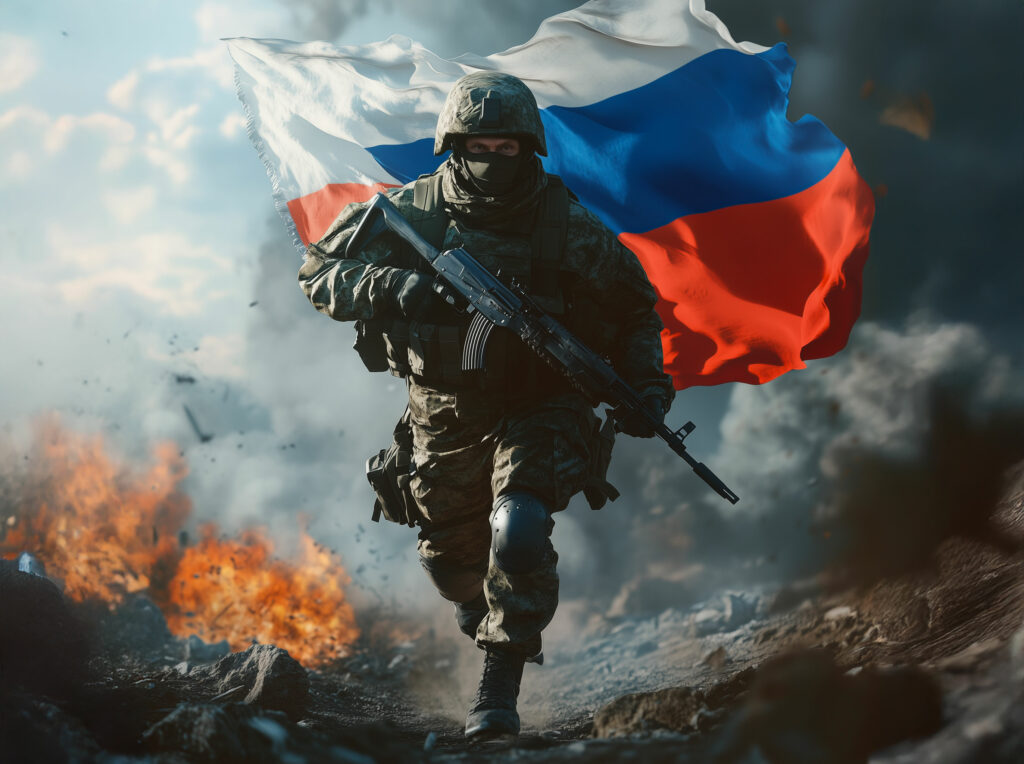
An analysis of Russian military plans targeting Japan and South Korea, highlighting targeted infrastructure and strategic implications.
In 2013-2014, Russia drew up detailed plans for strikes against civilian and military infrastructure in Japan and South Korea, according to secret military documents. These plans reveal strategic targets, including nuclear power plants, bridges and tunnels. The main objectives were to neutralize enemy forces and slow down their regrouping. The exercises included the use of Kh-101 missiles, although these proved less effective in real-life scenarios in Ukraine. This strategy underlines the complexity of tensions between Europe, Asia and Russia, particularly in a context where Moscow is drawing closer to North Korea and China.
Military and civilian targets in Japan and South Korea
Between 2013 and 2014, Russian forces identified 160 strategic sites in Japan and South Korea, according to revealed military files. 82 of these targets were military, including air bases, naval facilities and command centers. Civilian targets included critical infrastructures such as:
- Japan’s Kanmon tunnel, linking Honshu and Kyushu.
- 13 power plants, including the Tokai nuclear complex.
- South Korean industrial sites, such as the steelworks in Pohang and the chemical plants in Busan.
These sites were selected to disrupt opposing logistical and military capabilities. For example, the destruction of the Kanmon tunnel would isolate strategic regions, slowing down the mobilization of Japanese forces.
The effectiveness of Kh-101 missiles: between theory and reality
The exercises included simulated strikes using Kh-101 missiles deployed from Tu-160 bombers. Although the documents put the probability of success at 85%, the experience in Ukraine showed major flaws:
- Kh-101s have a high radar signature due to their external engine, making these missiles vulnerable to air defense systems.
- Their accuracy is limited, compromising their effectiveness against heavily protected targets.
For example, Ukrainian defense systems have intercepted many Kh-101s, reducing their strategic impact.

Russian geopolitical strategy in Asia
These plans are part of Moscow’s wider strategy to counter U.S.-allied forces in Asia. Russia perceives US bases in Japan and South Korea as potential threats in the event of a major conflict. The documents also reveal reconnaissance operations, including a 17-hour mission carried out by Tu-95 bombers in 2014. This mission was aimed at testing the countries’ air defenses, with 18 intercepts involving 39 Japanese and South Korean aircraft.
Consequences for diplomatic and military relations
These revelations heighten tensions between Russia, Japan and South Korea. Territorial disputes, such as that over the Kuril Islands, are exacerbating divisions. The simulations also show the vulnerability of civilian infrastructures in Asia, underlining the need for these countries to strengthen their air defense and response capabilities.
These military documents highlight Russia’s strategic ambitions against a backdrop of growing international tensions. They also illustrate the complex links between European and Asian theaters of war, with implications for global security.
War Wings Daily is an independant magazine.